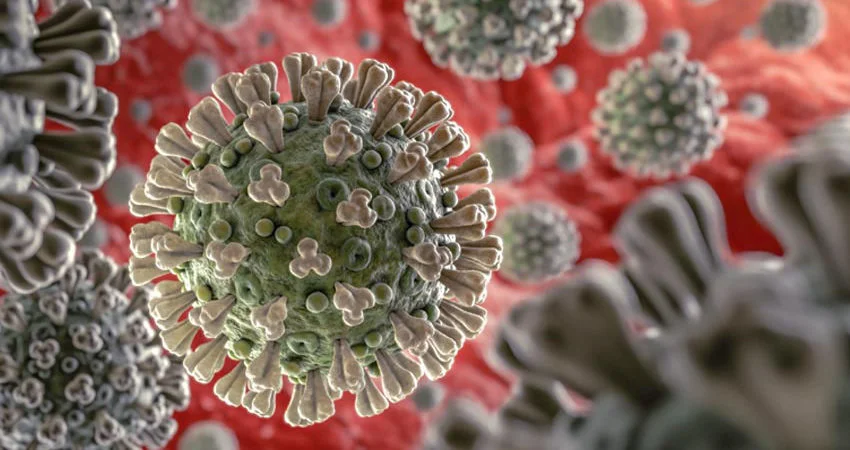Share this Post
Unraveling the Corona Weather Connection:

Exploring the Intriguing Link Between corona Weather Patterns and the Pandemic.
As the COVID-19 pandemic continues to impact lives globally, scientists and researchers have been diligently working to understand the various factors influencing the spread and severity of the virus. One intriguing area of study that has garnered significant attention is the potential connection between weather patterns and the transmission of the coronavirus. While the relationship between weather and infectious diseases is complex and multifaceted, recent research has shed light on some interesting correlations and implications.
The Influence of Weather on Virus Transmission
The idea that weather might play a role in the spread of respiratory viruses is not new. Seasonal variations in the transmission of illnesses like influenza have long been observed, with cases peaking during colder months in temperate regions. This phenomenon has been attributed to a combination of factors, including changes in human behavior, indoor crowding, and environmental conditions.
Similarly, scientists have been exploring whether weather conditions could influence the transmission of SARS-CoV-2, the virus that causes COVID-19. While the research is ongoing and the findings are not yet conclusive, several studies have suggested potential links between weather patterns and COVID-19 dynamics.
Temperature and Humidity
One of the primary corona weather variables that researchers have focused on is temperature. Some studies have suggested that warmer temperatures might slow down the spread of the virus, as higher temperatures can lead to the inactivation of viral particles and reduced viability on surfaces. Additionally, higher humidity levels have been proposed to contribute to the dispersion of respiratory droplets, potentially reducing the risk of transmission.
However, the relationship between temperature, humidity, and COVID-19 transmission is not straightforward. While warmer and more humid conditions might hinder viral spread to some extent, other factors such as human behavior, population density, and public health measures also play significant roles. Furthermore, the virus has demonstrated the ability to thrive in a wide range of environmental conditions, making it challenging to draw definitive conclusions.
Seasonal Variations
Another aspect of the corona weather connection is the potential for seasonal variations in COVID-19 incidence. In many parts of the world, there has been a pattern of surges in cases during certain times of the year, followed by declines during other seasons. While this could be influenced by weather-related factors, it is likely also influenced by other factors such as population immunity, vaccination rates, and the effectiveness of public health interventions.
It’s essential to note that seasonal variations in COVID-19 transmission may differ depending on geographic location and climate type. Regions with more extreme seasonal changes may experience more pronounced fluctuations in case numbers, while areas with milder climates may see more consistent transmission patterns throughout the year.
Air Quality and Pollution
Beyond temperature and humidity, air quality and pollution levels have also been implicated in the spread and severity of COVID-19. Poor air quality can weaken respiratory systems, making individuals more susceptible to respiratory illnesses, including COVID-19. Additionally, air pollution particles can serve as carriers for viral particles, potentially increasing the risk of transmission.
Studies have found correlations between areas with higher levels of air pollution and increased COVID-19 mortality rates. This suggests that addressing environmental factors such as air quality could play a role in mitigating the impact of the pandemic, particularly in densely populated urban areas where pollution levels tend to be higher.
Implications for Public Health and Policy
Understanding the potential links between weather patterns and COVID-19 transmission can have important implications for public health strategies and policy decisions. While weather alone is not a determining factor in the spread of the virus, it is one of many variables that public health authorities must consider when implementing control measures and planning for future outbreaks.
For example, during periods of colder corona weather when indoor gatherings are more common, authorities may need to reinforce messaging about the importance of ventilation, mask-wearing, and social distancing to reduce the risk of transmission. Similarly, monitoring weather forecasts and seasonal trends could help policymakers anticipate potential increases in cases and allocate resources accordingly.
Conclusion
The relationship between corona weather patterns and the COVID-19 pandemic is a complex and evolving area of study. While research has identified potential correlations between corona weather variables and virus transmission, many factors influence the spread and severity of the virus. As scientists continue to investigate this fascinating area, a better understanding of the corona-weather connection could inform more effective public health strategies and help mitigate the impact of future outbreaks.
Feel free to Read Another article on this Link.
